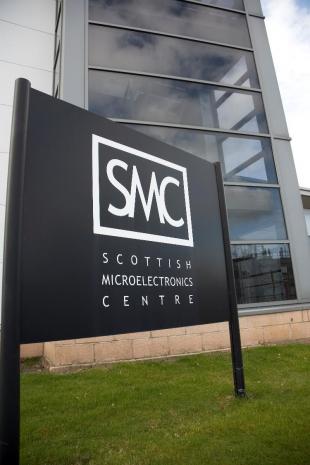Location:
Room 1:03/1:04, Scottish Microelectronics Centre
Date:
Please join us for the first in-person IMNS seminar of this Semester, taking place in the Scottish Microelectronics Centre Conference Room (1:03/1:04) on Thursday 29th September . Prof Rebecca Cheung and Prof Themis Prodromakis will welcome everyone, followed by talks from PhD students Yuanyuan Hua and Charlotte Hopkinson. Lunch will be provided beforehand. The talks will commence at 13:00, with pizza served from 12:40
Talk 1: YUANYUAN HUA - SPAD-based time-of-flight detector and the contributions to Functional Near-Infrared Spectroscopy
Abstract: Single Photon Avalanche Diode (SPAD) is a device which responds to single photon arrivals while sharing the similar property of accumulating photons as a Photodiode. With the improvement of its Photon Detection Efficiencies (PDE) and array size, more attention has been paid to developing systems and exploring their applications. This presentation will introduce an economic SPAD-based system, including the laser source, photon detection, histogram generation, and data transmission. A novel method to improve the linearity and flexibility of the Time-to-Digital Converter (TDC) will be included, and the preliminary contribution to the Functional Near-Infrared Spectroscopy Study (fNIRS) will be presented.
Bio: Yuanyuan Hua is a PhD student from IMNS-CMOS Sensors & Systems Group working on the SPAD-based system design and its applications supervised by Danial Chitnis and Robert Henderson.
Talk 2: CHARLOTTE HOPKINSON - A Combined Fluorescence Lifetime and Depth Imaging System for Medical Imaging Applications
Abstract: Fluorescence lifetime imaging (FLIM) is a valuable technique which can be used to provide label free contrast between different tissue types. FLIM systems based on single photon avalanche diode (SPAD) arrays are increasingly being used in applications such as medical imaging due to their high sensitivity and excellent temporal resolution. Additionally, SPAD arrays are commonly employed for time of flight (ToF) imaging techniques such as light detection and ranging (LiDAR) and has application in 3D endoscopy. In this presentation, we demonstrate a system which employs both of these modalities into a single instrument, allowing us to acquire both depth and widefield FLIM images simultaneously using a single 32 x 32 pixel SPAD array. Initial results show that we can correctly measure depths and distances of sample objects while maintaining excellent and consistent fluorescence contrast. Future applications for this technology include fields such as surgical guidance, endoscopy and diagnostic imaging.
Bio: Charlotte Hopkinson received an MEng degree in Biomedical Engineering from the University of Glasgow and is currently a third year PhD student, supervised by Robert Henderson, in the School of Engineering at the University of Edinburgh. Her research interests involve fluorescence lifetime and time of flight imaging systems using single photon avalanche diode (SPAD) based sensors, and how they can be used in surgical guidance and micro-endoscopic imaging. She also works on the Proteus project which is a multidisciplinary team of academics whose work focusses on imaging inside the lung.



